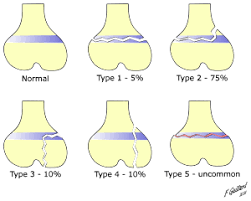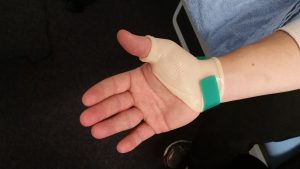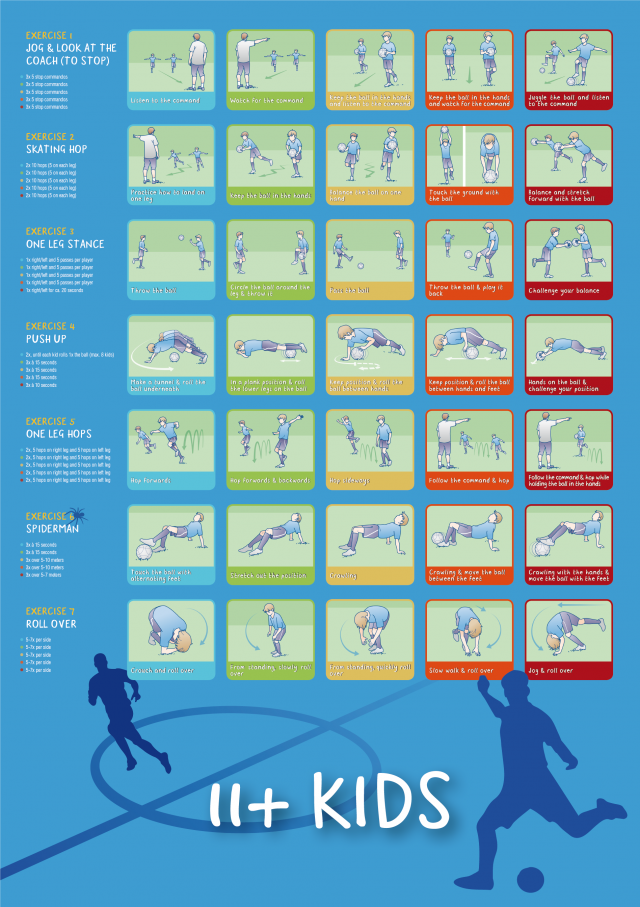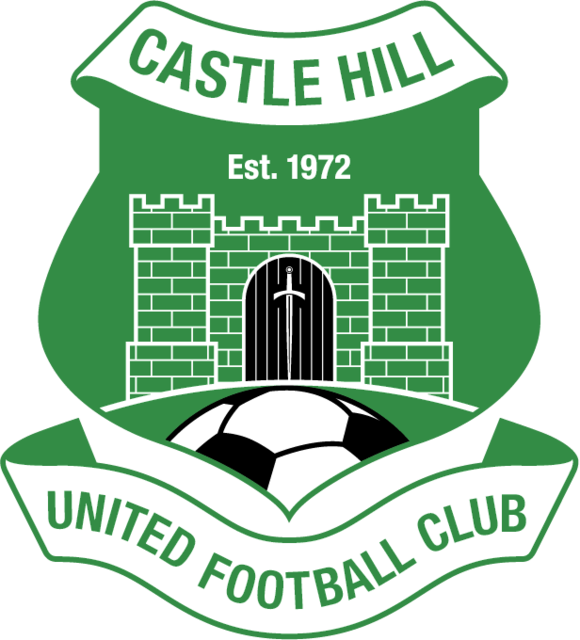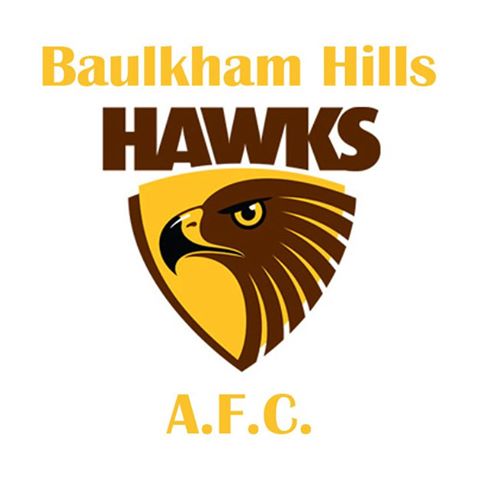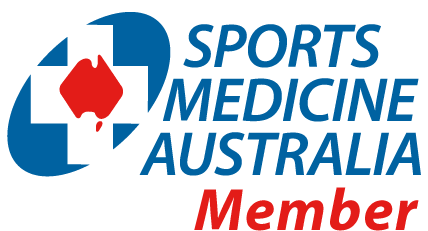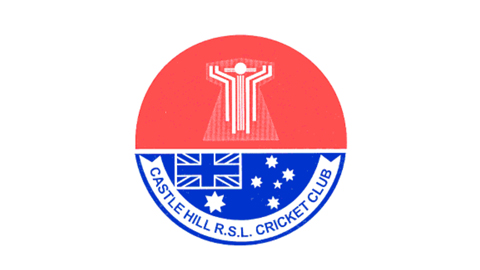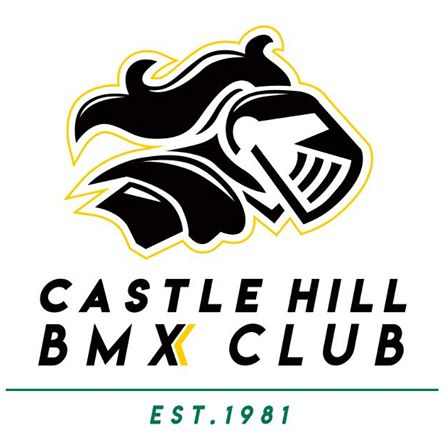![]() Arrow Physiotherapy is 10
Arrow Physiotherapy is 10 ![]()
This month we mark 10 years since opening the doors to our physio clinic in Castle Hill. A huge thank you to all our patients, staff, referrers, partners & supporters for making this possible.
From what started as a “let’s give it a go & see what happens” sole-practitioner clinic in Old Northern Road, along side Castle Hill Podiatry, to where we are now with our own stand alone clinic in Terminus Street with multiple physios/staff and connections that run deep within the local community, it’s fair to say that lots has changed!
There are lots of people to thank for their role in our 10 year journey.
First and foremost, thank you to all of our patients over the years that have made this possible. You are the reason we do what we do. In the 10 years we’ve been operating, we’ve had over 6000 patients walk through the doors…thank you for trusting us with your care!
Thank you to all of our staff (past & present) who have made the clinic what it is today. Special thanks to our current staff, who have all been there through much of the 10 year journey – Chris, Nicole & Laurence.
We are very grateful to our local network of health professionals for supporting the work we do, as well as numerous other local businesses who have supported us in many ways.
A big thank you to all the local sports clubs who we have partnered with over the years. We have appreciated the opportunity to support & work with your clubs & also the community of people associated with them – Castle Hill United Football Club, Hills Rugby Club, Baulkham Hills Australian Football Club, Gazelles Netball Club, Castle Hill RSL Cricket Club, Castle Hill BMX Club, Pennant Hills District Cricket Club, Polecats Rugby League Club, Hills Knights Football Club & Kellyville Baseball Club.
There are many others (too many to list) who have supported us through the journey so far in many other ways and we are very appreciative of your assistance.
Here’s to looking forward to the next 10 years!
Brendan

